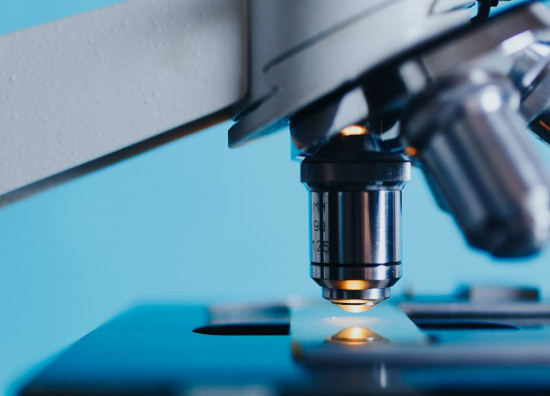Review su Ipertermia chemioterapia e radioterapia
Una review sulla ipertermia nel trattamento dei tumori
 Mi preme segnalare la pubblicazione di una interessante review sul trattamento combinato con ipertermia, chemioterapia e radioterapia dei tumori.
Mi preme segnalare la pubblicazione di una interessante review sul trattamento combinato con ipertermia, chemioterapia e radioterapia dei tumori.
Dr. Carlo Pastore
A review of hyperthermia combined with radiotherapy/chemotherapy on malignant tumors.
Source
Key Laboratory of Cryogenics, Technical Institute of Physics and Chemistry, Chinese Academy of Sciences, Beijing, China.
Abstract
Therapeutic hyperthermia is a procedure that involves heating tissues to a higher temperature level, typically ranging from 41 degrees C to 45 degrees C. Its combination with radiotherapy and/or chemotherapy has been performed for many years, with remarkable success in treating advanced and recurrent cancers. The current hyperthermia strategies generally include local, regional, and whole-body hyperthermia, which can be implemented by many heating methods, such as microwave, radiofrequency, laser, and ultrasound. There are several hyperthermic treatment modalities in conjunction with radiotherapy/chemotherapy. Numerous studies have attempted to explain the mechanisms of thermosensitization from radiation and chemotherapy; however, a generalized standard for determining an optimal hyperthermia modality combined with radiotherapy/chemotherapy has not been established, so more research is needed. Fortunately, phase II/III clinical trials have demonstrated that hyperthermia combination therapy is beneficial for local tumor control and survival in patients with high-risk tumors of different types. The aim of this article is to present a comprehensive review of the latest advances in tumor hyperthermia combined with radiotherapy and/ or chemotherapy. We specifically focus on synergistic cellular and molecular mechanisms, thermal dose, treatment sequence, monitoring and imaging, and clinical outcomes of the combination therapy. The role of nanoparticles in sensitization during radio-/chemotherapy is also evaluated. Finally, research challenges and future trends in the related areas are presented.

 RSS
RSS 




